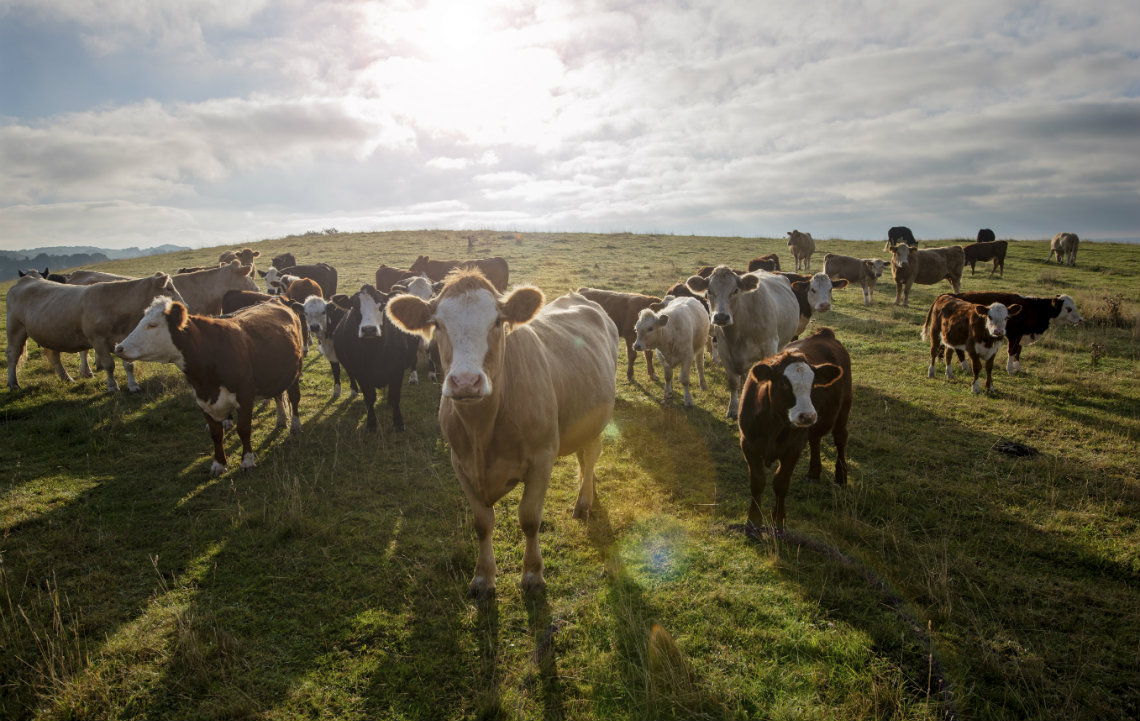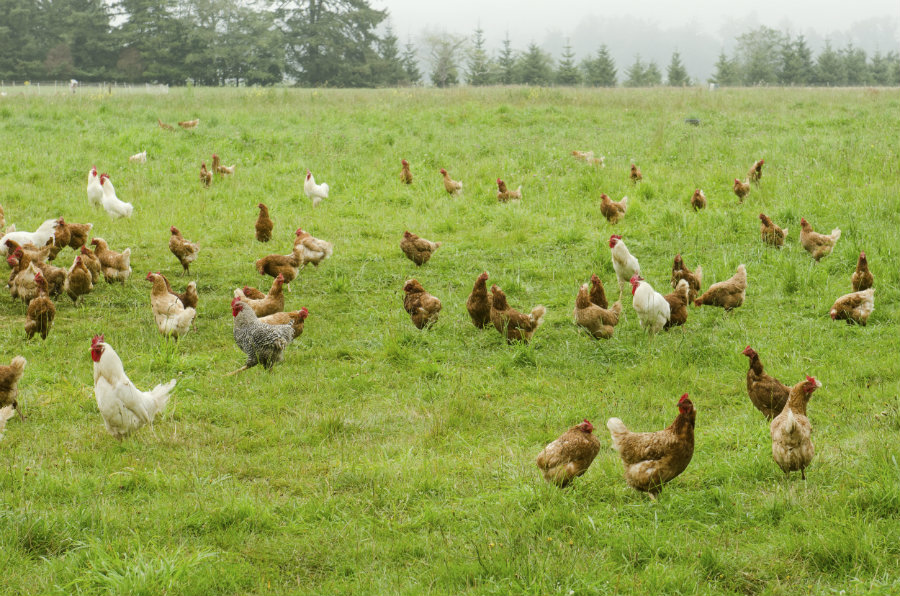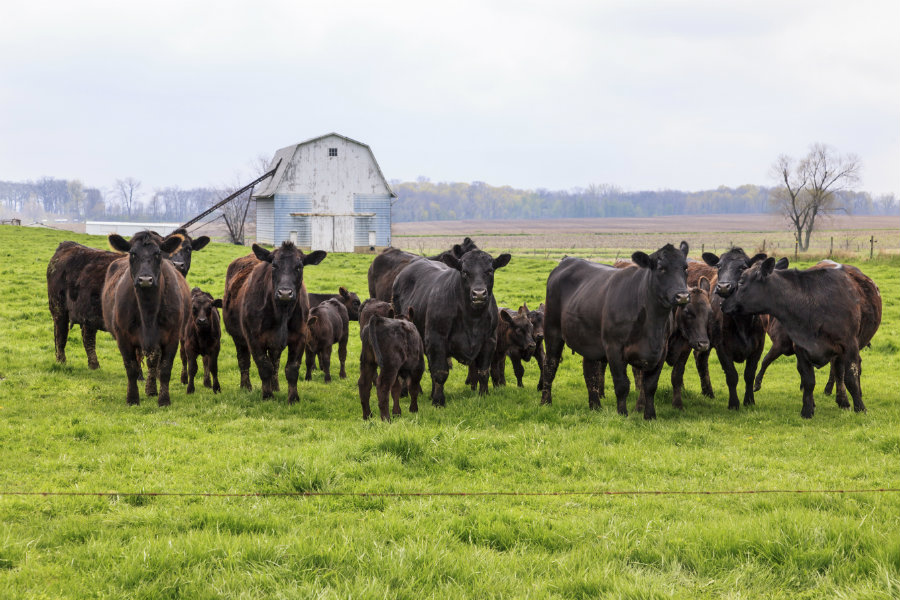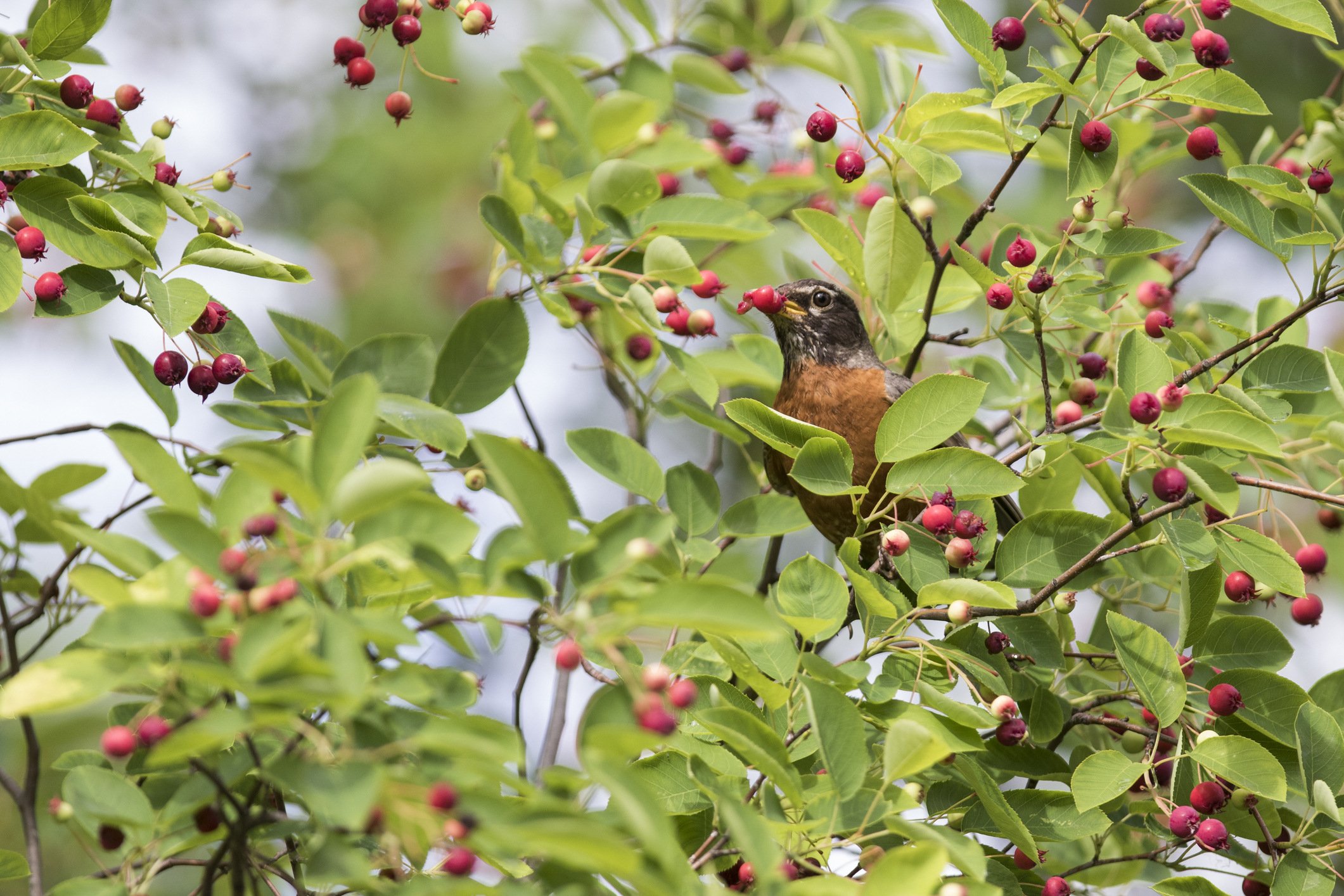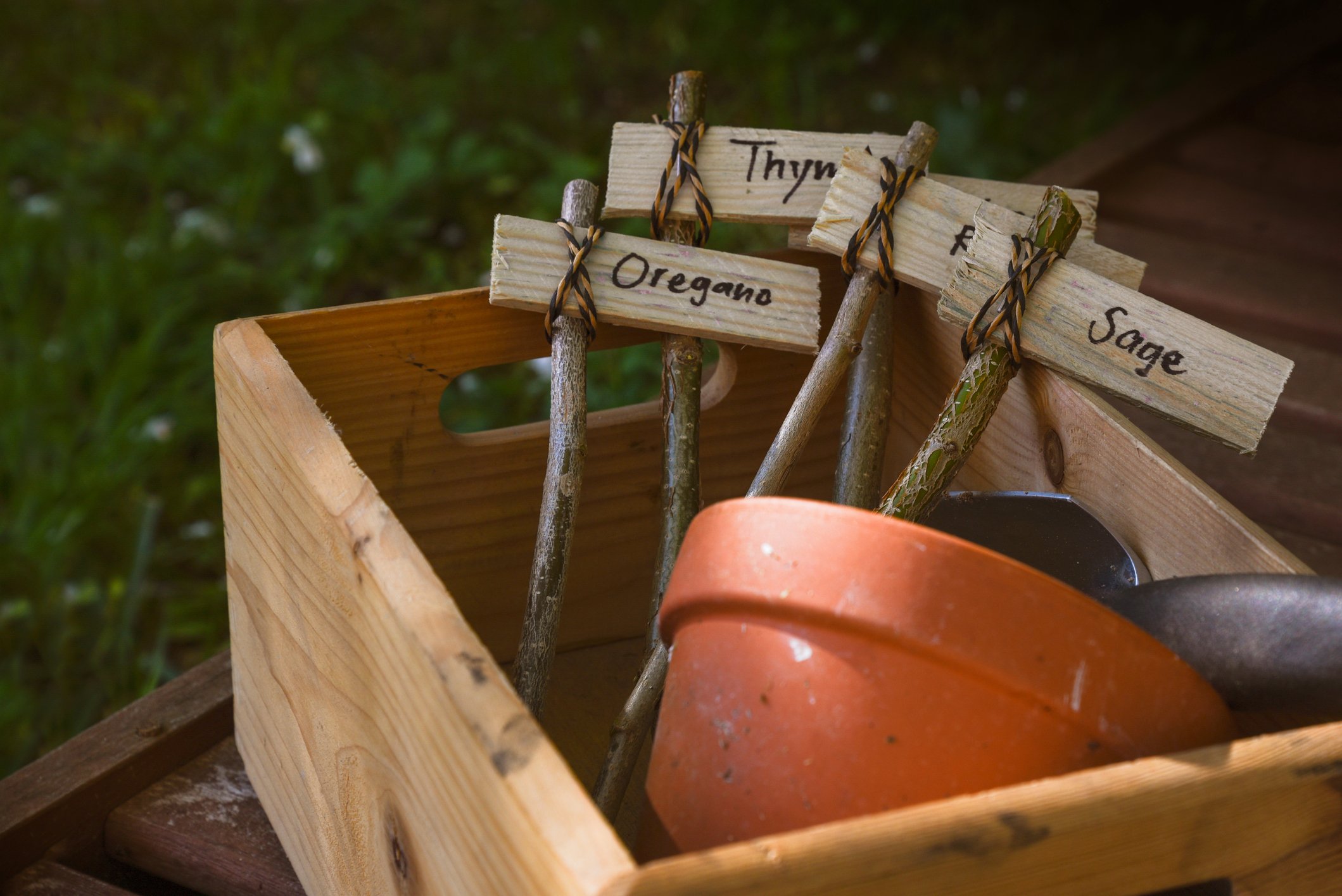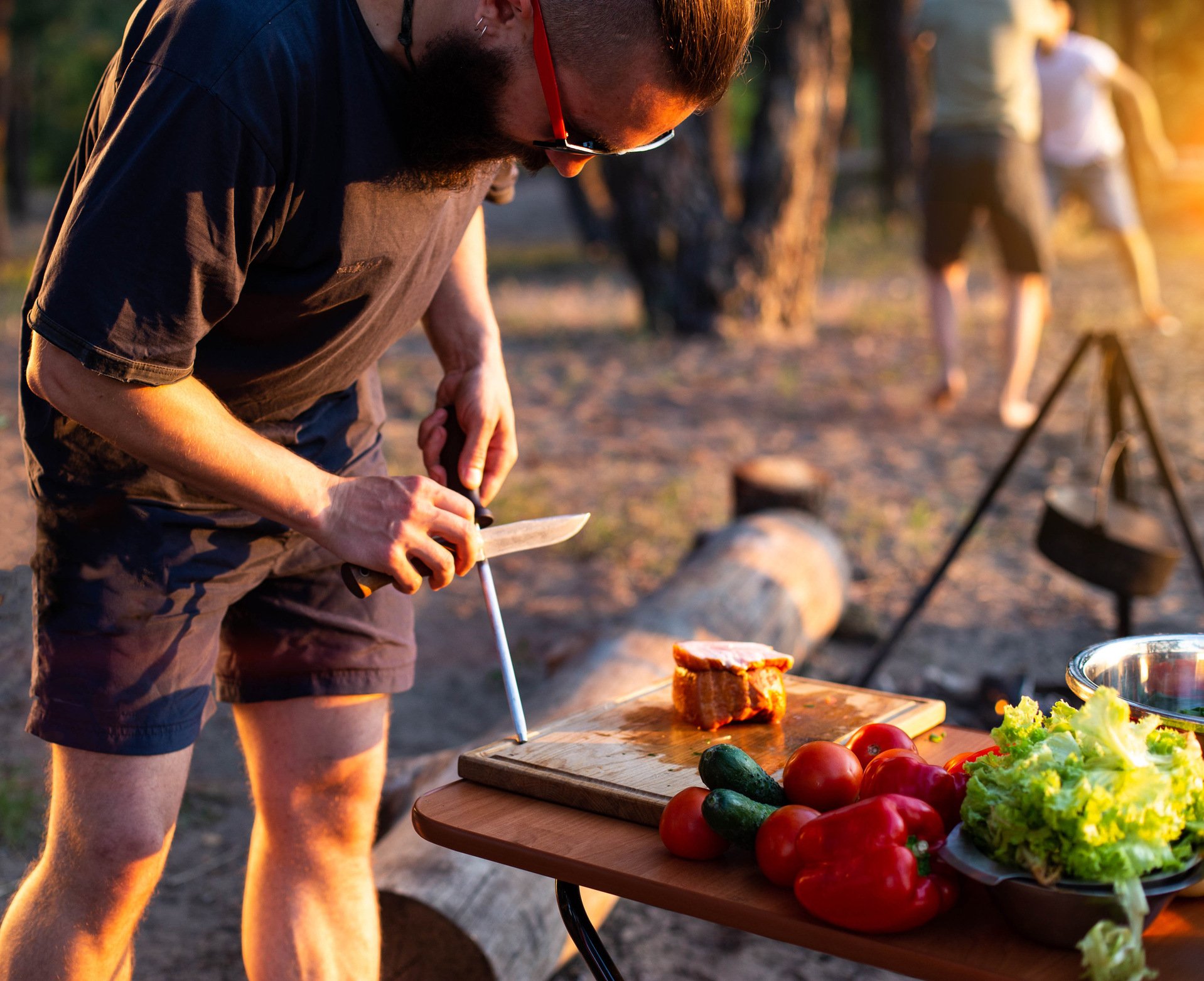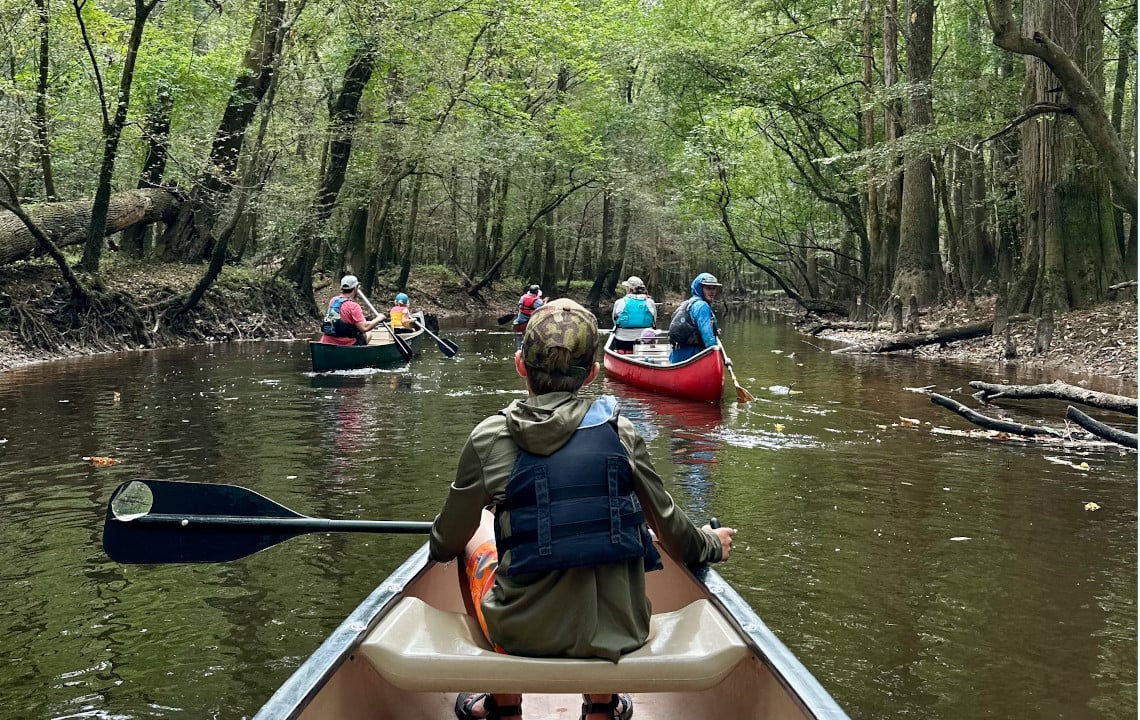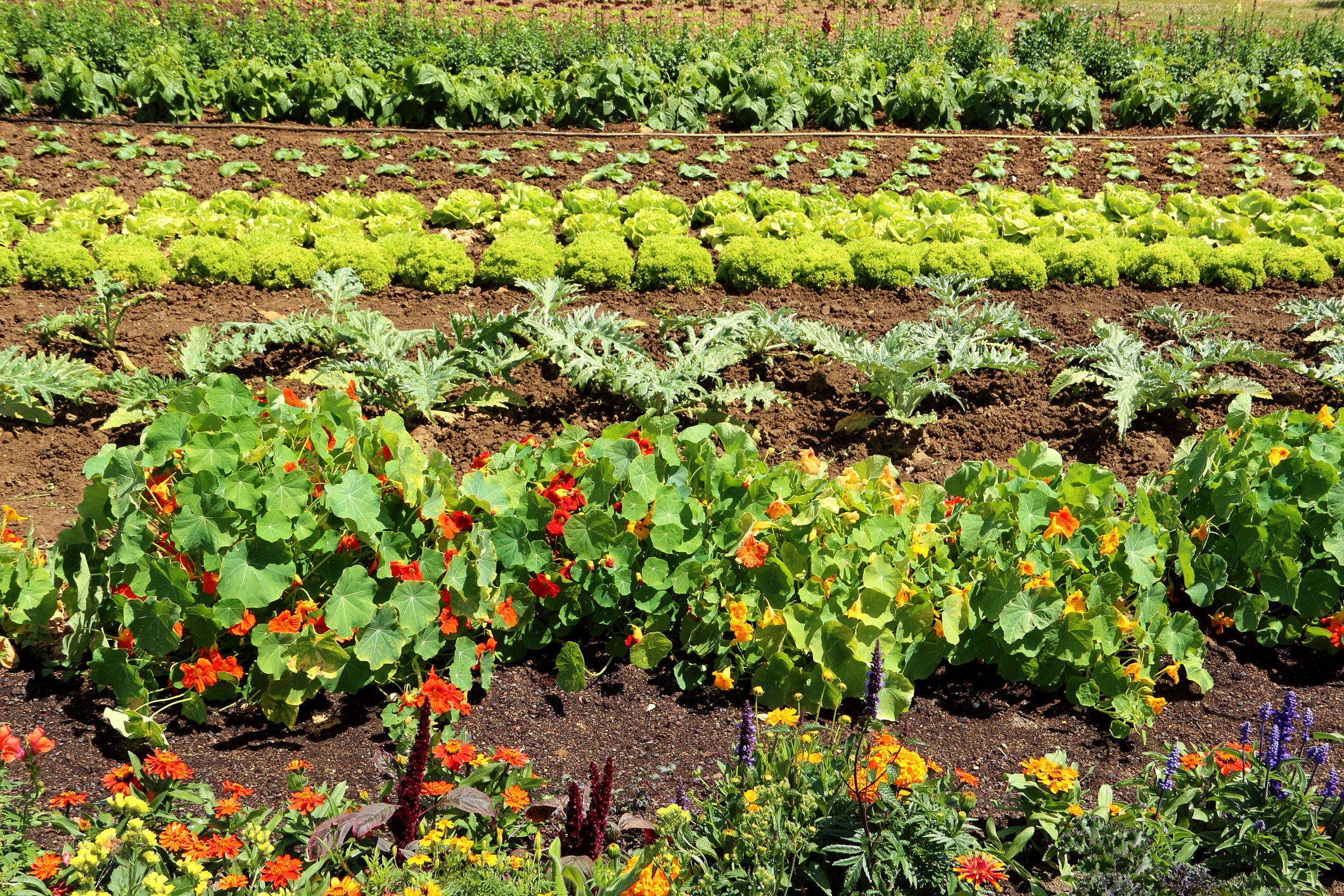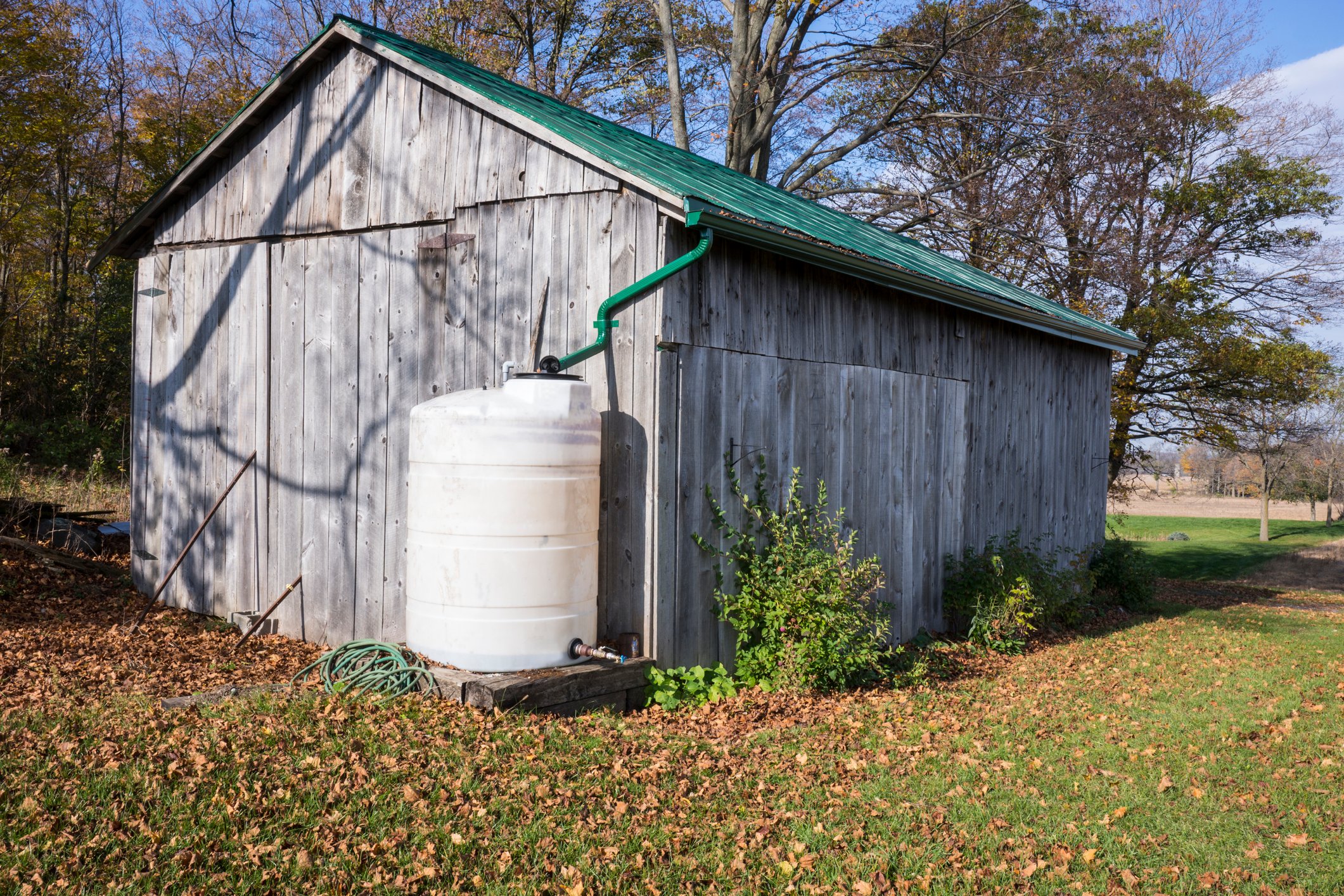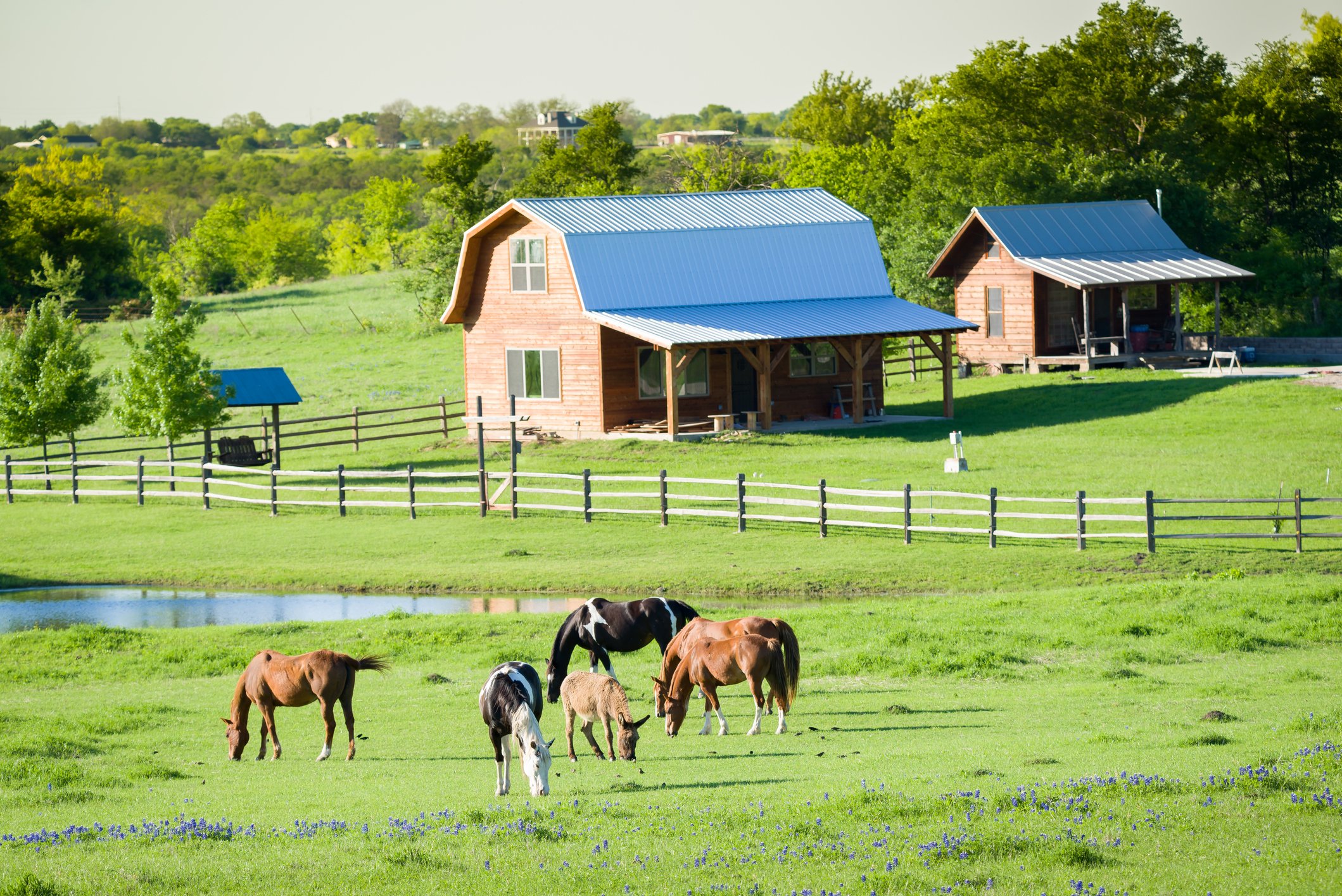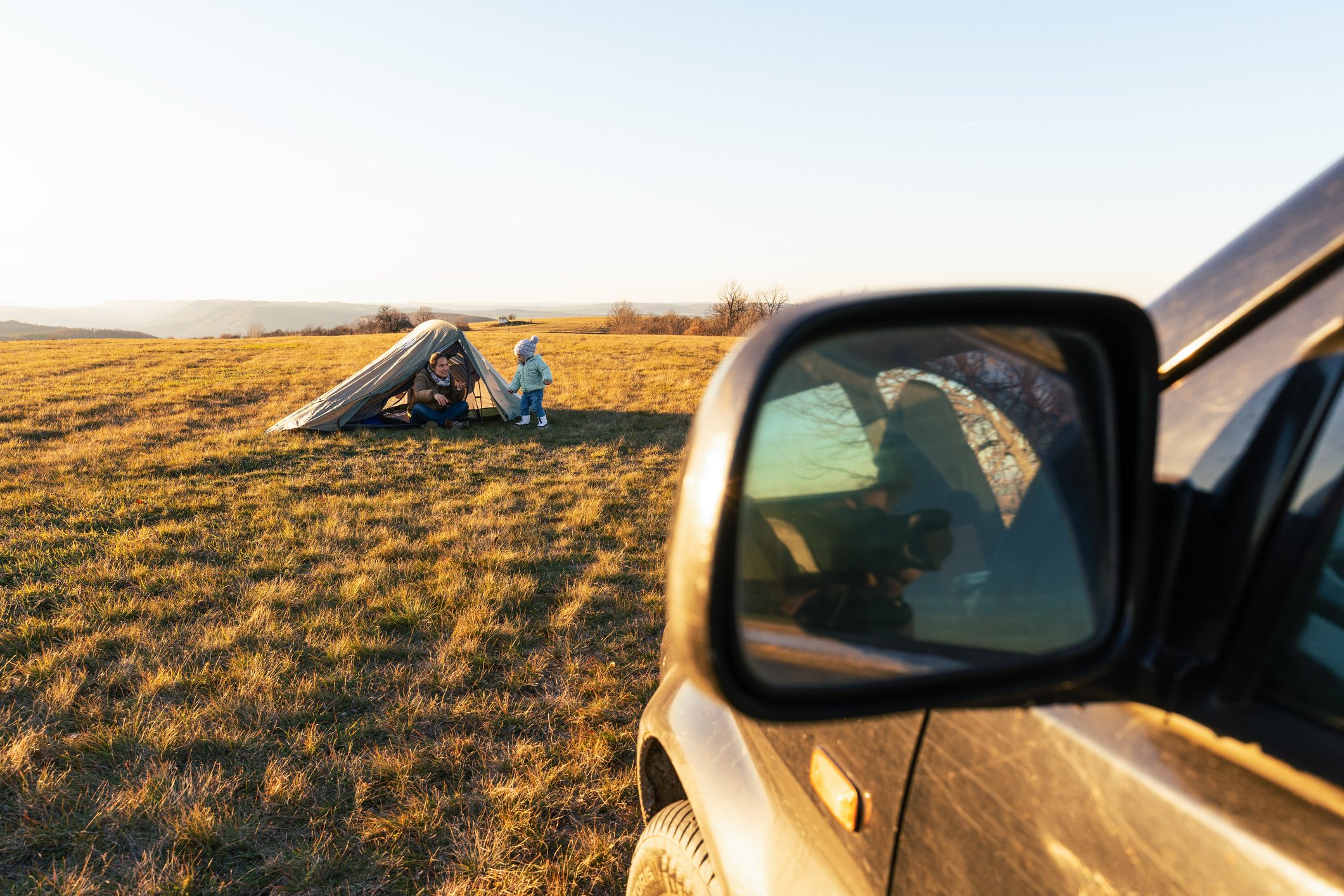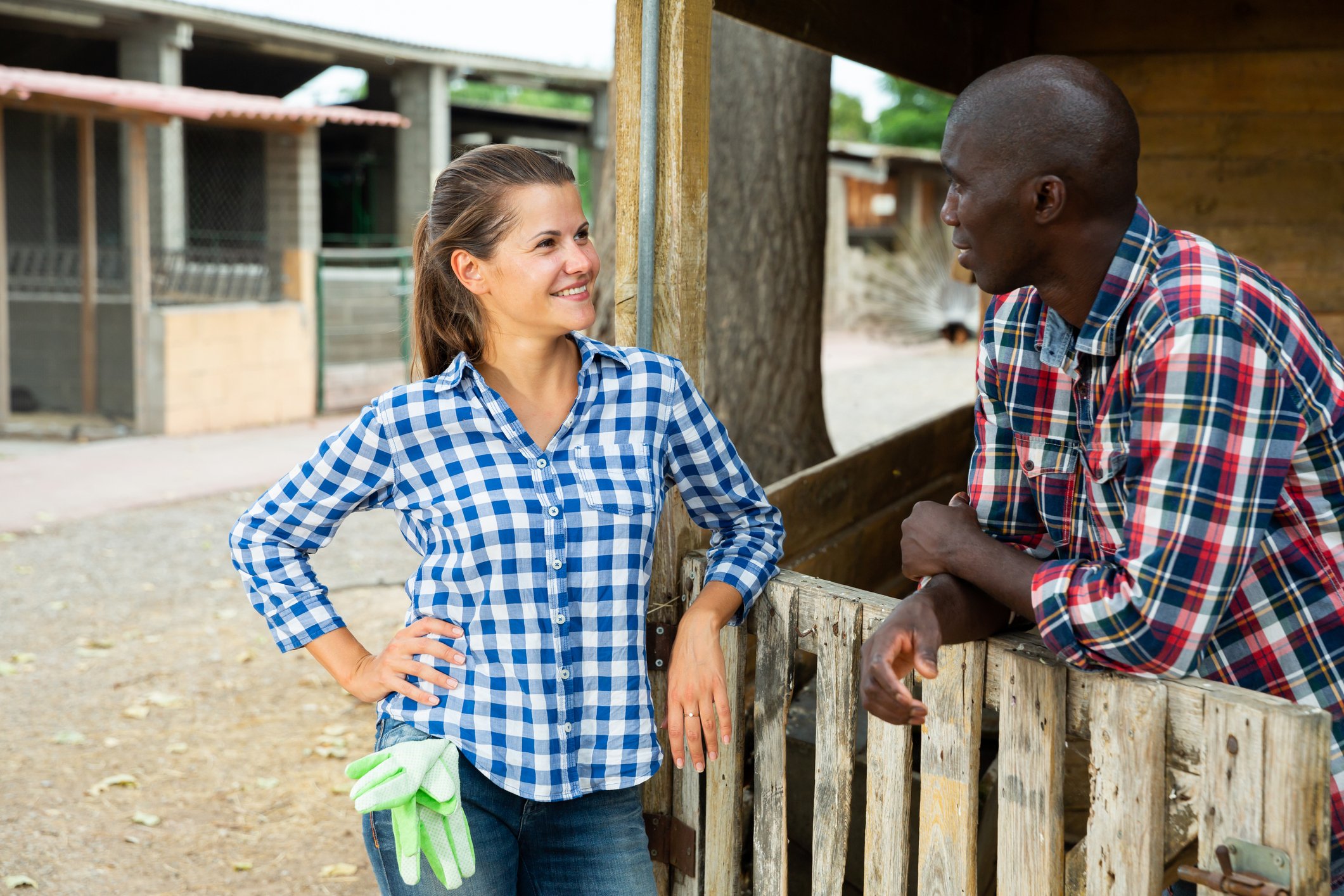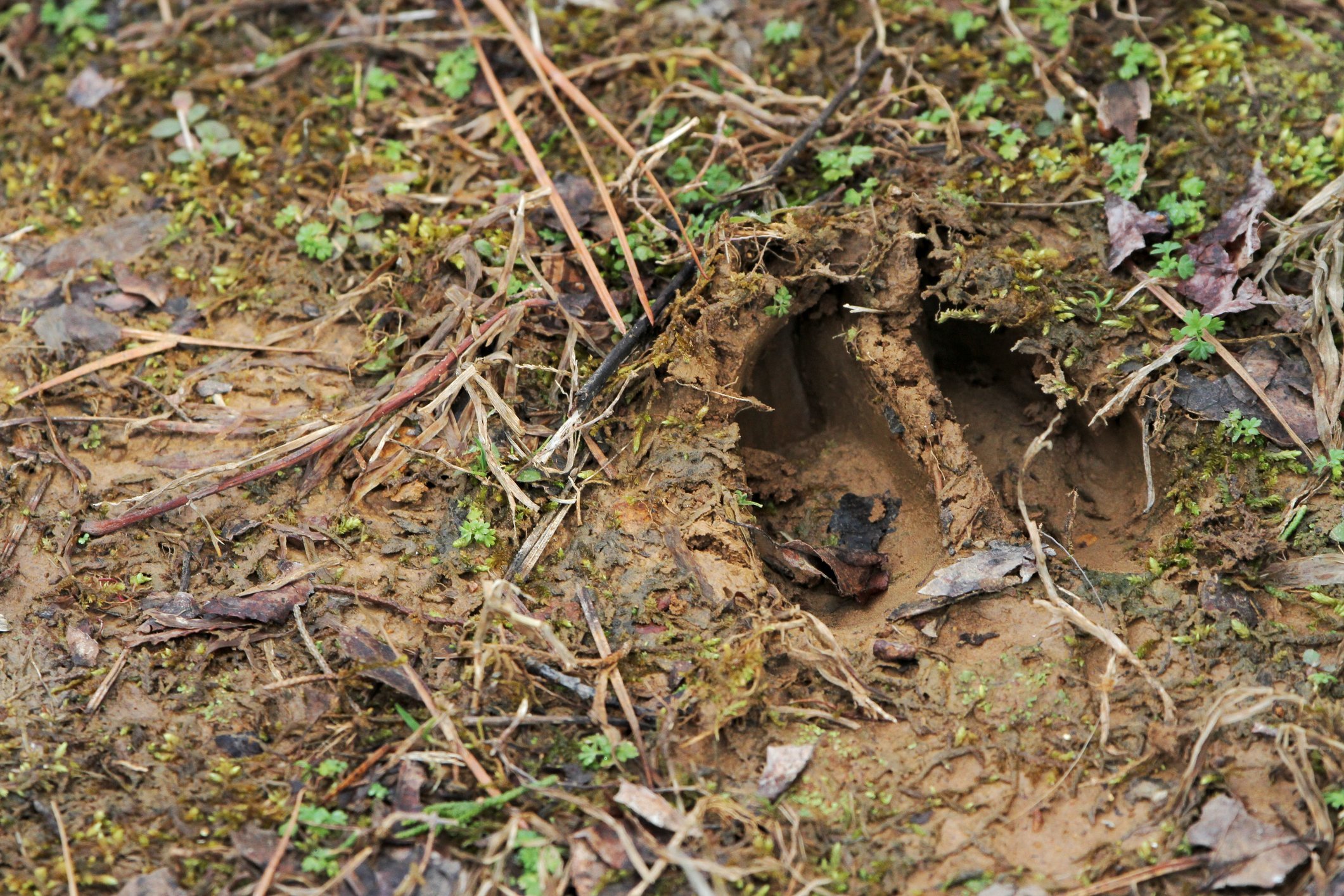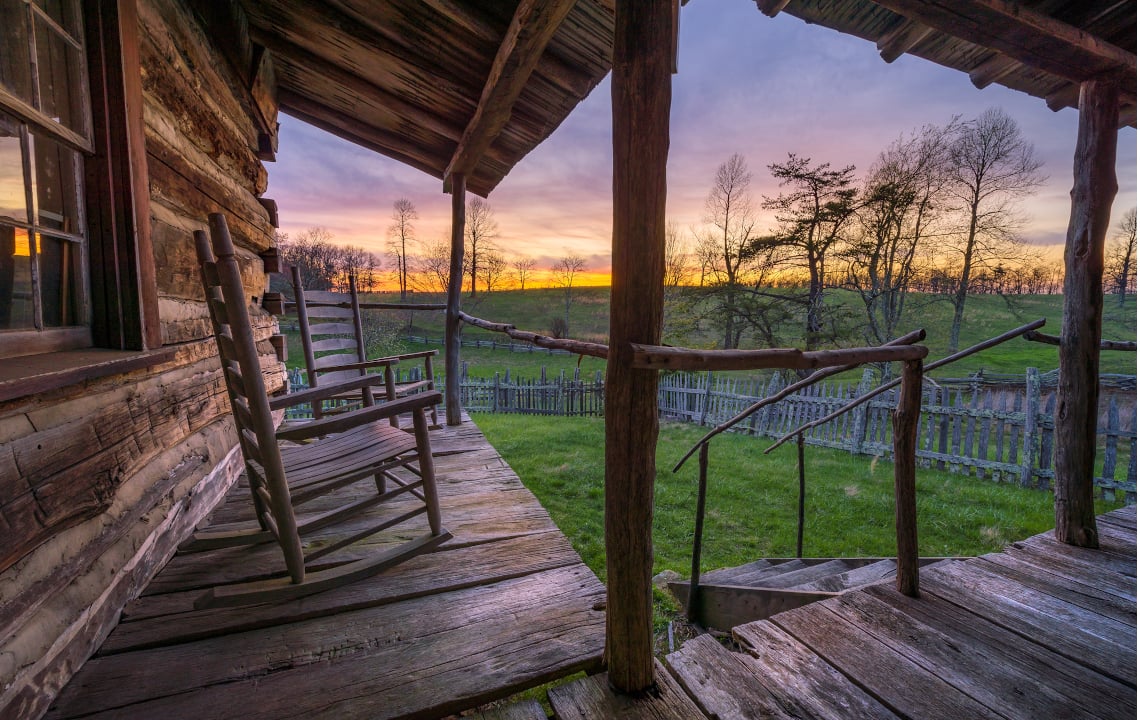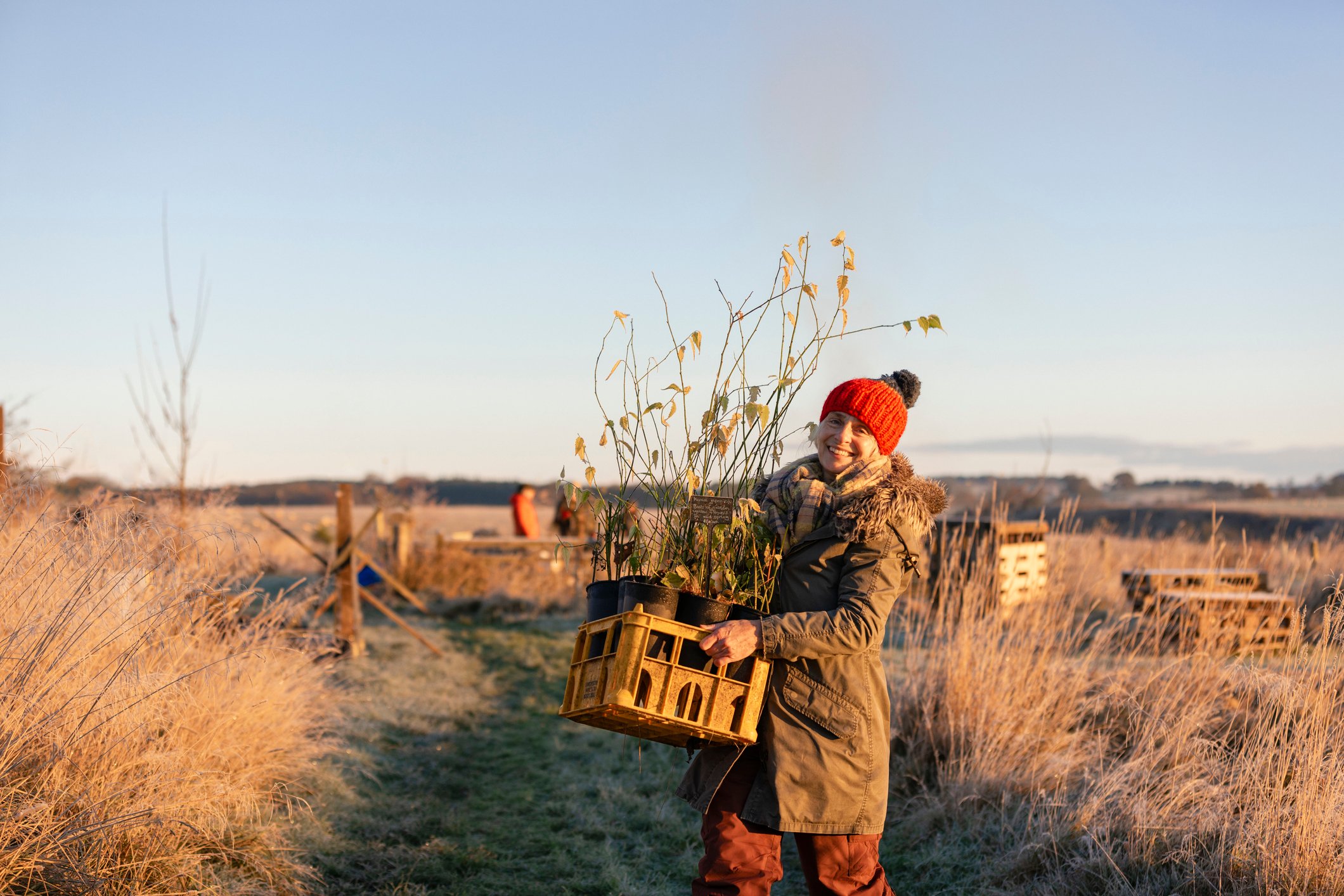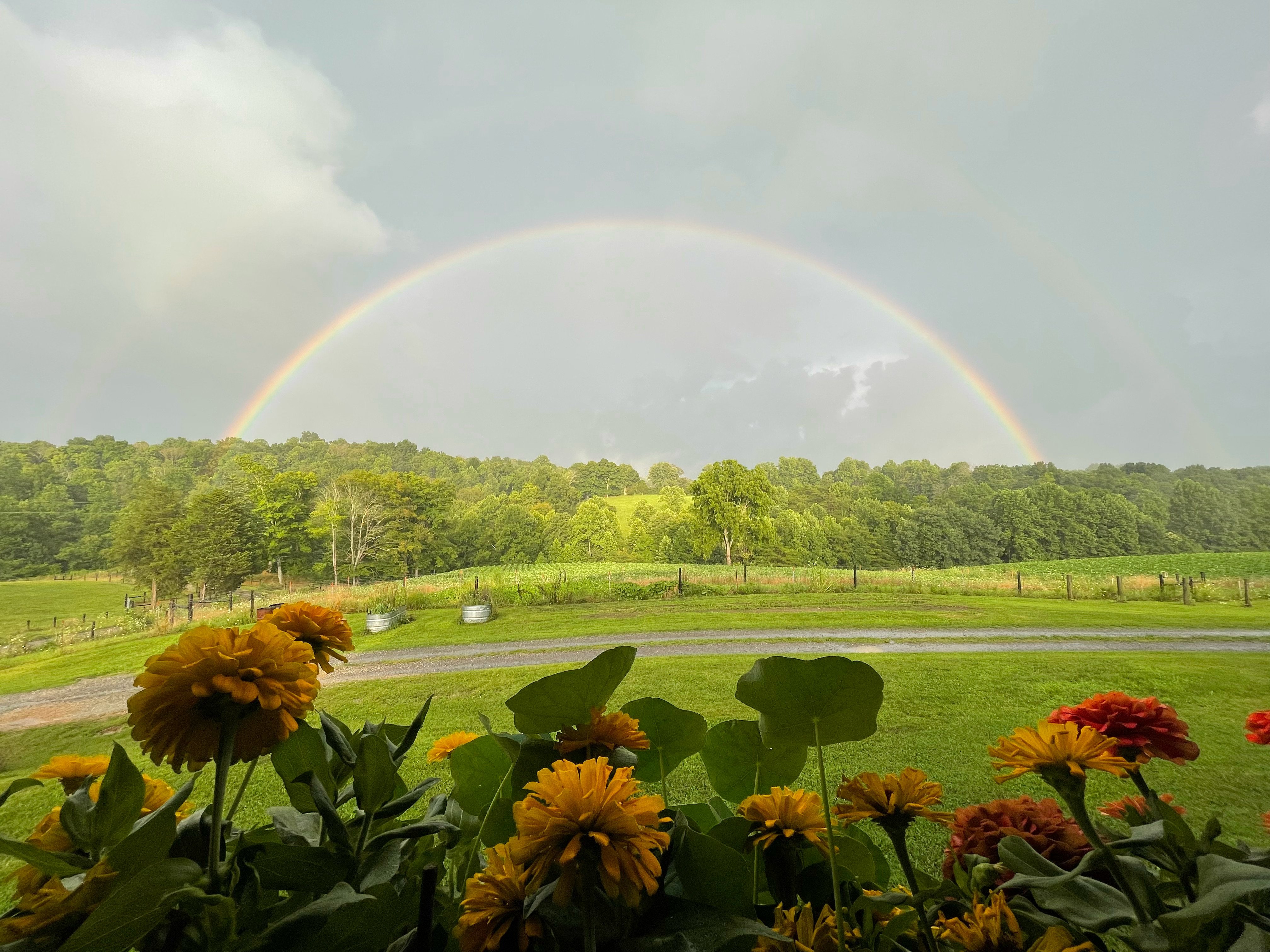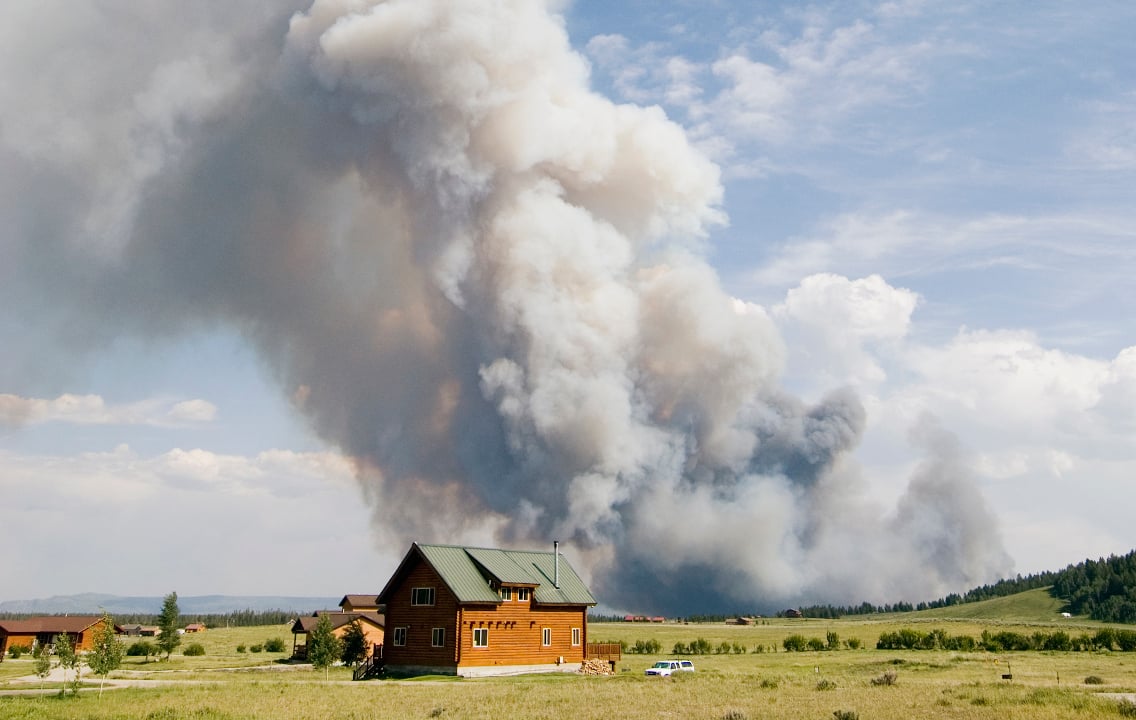We talk to grass-farming food activist Nick Ball about how many acres you need to raise cattle. This is the final installment in our six-part series, "How many acres do you need?" Be sure to check out the other five installments:
- How many acres do you need for a CSA or Market Garden?
- How many acres do you need for an outdoor retreat?
- How many acres do you need for a hobby farm or homestead?
- How many acres do you need to raise or board horses?
- How many acres do you need for hunting land?
How many acres do you need to raise cattle?
This question conjures up images of thousand-acre ranches with hundreds of cows (and several good-looking cowboys) roaming through acres and acres of splotchy pastures.
But to the modern aspiring hobby farmer, it also brings forth images of raising one or two cows on a family homestead for their meat or milk.
Regardless of how you envision it, this is a BIG question with a lot of factors to consider such as…
- “How many cows do you want to raise?”
 “Will they be fed on 100% grass, grain, or a combination?”
“Will they be fed on 100% grass, grain, or a combination?”- “Will the cows be raised for milk or meat?”
- “Will there be any other animals grazing on the property?”
- “What is the quality of the pasture on the land?”
- “Will the cows be raised for homesteading/personal use or as a business?”
Today, we’re going to focus on raising cattle on 100% grass for meat, with valuable information and tips that will serve hobby farmers, homesteaders, or those aspiring to raise cattle for a living.
Grass-fed beef has been described by the Washington Post as “the meat of the moment.”
Consumers can’t seem to get enough of it and are willing to pay top dollar for it.
Why? The health benefits.
Grass-fed, pasture-raised, or pastured beef has less saturated fat and is higher in omega-3 fatty acids, conjugated linoleic acid and antioxidants. It usually contains no genetically modified (GMO) feed (unless the cows are given GMO alfalfa hay), and, when managed sustainably, is far better for the environment and more humane for the cows.
With all the health benefits for the consumer, the animal and the planet it appears grass-fed beef is here to stay.
But how much land do you need for a grass-fed beef farm?
The answer: it depends who you ask, as all grass farms are not created equal.
Today, we talk with former construction worker turned grass-farming food activist Nick Ball of Wauka Meadows Farms in North Georgia about rotational grazing and how it creates a super-efficient grass farm that allows you to graze more cattle on less land.
If you think you need hundreds of acres to raise grass-fed beef for a living then prepare to rethink cattle farming.
How a mother’s battle with cancer lead to a grass farming enterprise
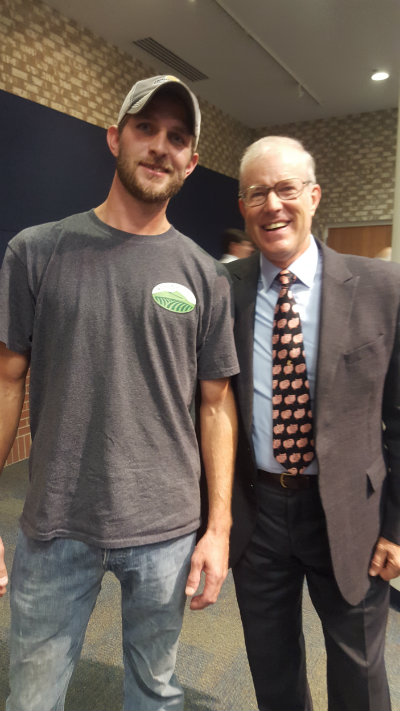 |
|
Nick Ball, left, with food activist and farmer Joel Salatin |
Nick, the owner of Wauka Meadows Farm in Clermont, Georgia, wasn’t always a firm believer in the benefits and virtues of what he calls “beyond organic” farming. He had raised animals on a hobby farm before, but used conventional methods.
His journey to grass farming began when he lost his mother to cancer.
“When my mother got cancer, we started researching why everybody was getting cancer," Nick says. "I’m 36 years old, and when I was a kid you knew somebody who knew somebody who had cancer. Nowadays everyone seems to know someone close to them or in their immediate family who has cancer. That’s when I started learning about non-GMO and organics.”
It was thanks to a family friend who loaned them the documentary: Food, Inc., that they discovered their future in organic farming. Nick explains:
“Food Inc. was the first documentary I had ever watched on food, and that’s all it took. When I worked in construction I used to stop by McDonald’s and get a sausage biscuit on the way to work, then stop off at the convenience store and get a Mountain Dew and a can of dip. That was my breakfast, so I wasn’t one of those people you would have thought would change so dramatically, but after seeing that documentary, I did.”
Polyface Farms and its farmer, the now-famous grass farmer, author and food activist Joel Salatin of Virginia, was featured in Food, Inc.
Nick was completely drawn to Salatin’s no-nonsense practical approach to sustainable farming through rotational grazing, and did everything he could to learn Salatin’s system and implement it on his land.
Nick did this while he was working in construction and raising his family, so it’s been an ever-evolving process.
Salatin’s rotational grazing principles are now used on thousands of farms across the world, including Wauka Meadows Farm.
Here’s how rotational grazing works.
Rotational grazing—the secret to raising more cattle on less land
Rotational grazing works best when used with a variety of different animals on a farm. In addition to cattle, Nick also raises sheep, pigs, meat birds and laying hens. He plans to add turkeys to the rotation next year.
“How it works is the sheep will go through the pasture first because they’re a little pickier than the cows about the type of grass they’ll eat, then the cows come through behind the sheep and mow the rest of the grass down.”
“Then the laying hens come about five days behind the cows and scratch through the cow patties and spread them out. This breaks down the cow manure quicker so the grass absorbs it as natural fertilizer, while the hens pick through it eating the parasites and the fly larvae and leave their manure.”
“Then the meat birds come along later before the grass starts to rebound and get too tall to re-fertilize, and that’s how the whole rotation works.”
Besides the obvious benefits of natural pasture fertilization and feeding, Nick explains how this cycle also throws pesky parasites through a loop.
“If you only graze cattle on your property, you’re constantly having to use de-wormers because there’s no break in the cycle. But when you mix everything up (with sheep, cattle, hens, etc.), the parasites that the sheep are susceptible to will not bother the cows, so when the cows come through if they happen to ingest those parasites, then they just spit them back out. Then the hens come through and clean up patties and remaining parasites.”
THAT is how you have more healthy animals per acre without ever relying on chemical fertilizers, drugs, or supplemental feed.
How many cows can you graze rotationally per-acre?
Ultimately the answer to this question depends on the maturity and quality of your pasture.
Nick used Joel Salatin’s formula to figure out his magic number for his 50-acre property.
“Up at Joel’s farm in his county they measure the grass in what’s called 'the average cow days per-acre.' And the average in their county is 80 cow days per acre, which means you can run one cow on one acre for 80 days, or you can run 80 cows on 1 acre for 1 day.”
“At Joel’s farm he puts the equivalent of 400 cows on 1 acre of grass. But they key is to move them every day.”
Salatin’s Virginia farm is well-established with the crème de la crème of pasture for his cows. Nick explains:
“Once you cultivate the land and the grass for a period of time you can add more cows.”
Since his pastures are still relatively immature, he doesn’t have as many animals, and his land is smaller, Nick is not running 400 cows per-acre like Salatin.
But by using the same rotational grazing practices, he is currently raising up to 40 cows a year on his 50 acres. That’s more than double the production the previous farmer was getting on the same piece of land with conventional farming.
Nick says, “A lot of people will tell you that you can only run one head of cattle on two to three acres. Starting off, I put 25 head of cattle out there right off the bat and started managing the pastures. I was able to double production immediately because I managed the pastures better.”
Nick butchers a maximum of three cows once a month. This is in addition to what he produces from his sheep, meat birds and laying hens.
He also doesn’t have to worry about cutting hay to feed his cows.
He’s only had to feed them hay once when it got really cold and snowy. Otherwise, he lets the cows manage the grass and hay through grazing and foraging year-round.
How to start grooming your pasture
With a brand new pasture, Nick recommends you start by clearing out thistles, etc., then let chickens out onto the fields first so they can pick through the grass and fertilize the pasture.
Nick uses a mobile chicken coop in his fields (known as an “egg-mobile”) with a removable floor. Each 12 X 24 foot coop houses 500-600 hens comfortably.
“The egg mobile design lets chicken litter fall through and fertilize the field while the hens eat the pests, dethatch the grass and take down the ant hills for you.” Says Nick.
“This takes patience and it can seem like you get better results by going out and spreading chemicals, but with the chickens you end up getting so much more—it just takes a little more patience for a greater reward.”
Nick also has Chase, a livestock guardian dog who lives with the chickens.
“If I didn’t have that dog I’d have lost all my chickens by now, that’s how valuable he is.”
Nick prefers a mixed breed dog as a guard animal because of their temperament and health. Chase is part Great Pyrenees, part Anatolian Shepherd and part Kangle—a Turkish Anatolian.
Nick believes this is the ideal breed of dog for his rotational grazing operation, as he protects the hens from both large predators like coyotes, and small pests like possums or raccoons.
(Nick actually had to excuse himself for 10 minutes during this interview to go help Chase deal with 3 coyotes in the pasture.)
How many acres should a beginning grass farmer start out with?
For the homesteader or hobby farmer Nick offers this advice:
“Depending upon your needs and goals, you could start out as small as 5 or 6 acres if you were just raising a couple cows for you and your family.”
And for the aspiring professional grass farmer:
“If you wanted to do it for a living you could start with as little as 10 acres, that’s what we started with. The key is to build your soil up and manage it the right way. Yes, it takes a little bit longer to do it the right way and stay away from chemical fertilizers, herbicides, etc., but your grass, your animals and you will be a lot healthier in the end. Then work your way up from there.”
Why Wauka Meadows will never be a “Certified Organic” Farm
As passionately as Nick believes in organic farming as true to nature as possible, he has no plans or desire to become certified organic. Here’s why.
“Everything we do is without chemicals. I’m not certified organic and I never will be. I don’t feel I need to pay somebody to come out and tell me that I’m doing what I’m already doing right. If everybody got to know their farm they wouldn’t have to worry about all these certifications.”
Nick doesn’t use antibiotics on his animals… but he’s not against them either.
“When people start talking to me about how I farm they just assume I’m against antibiotics. But I’m not, I just don’t need them. If one of my animals was so sick that it needed antibiotics then I would give it to the animal. But in the 10 years I’ve been doing this I haven’t had to give antibiotics and my chickens have never contracted bird flu.”
Thanks to his own research into the cause of his mother’s cancer, Nick has turned his passion for grass farming into a lucrative, fulfilling and profitable fulltime venture.
He offers grass-fed beef, lamb, pork, chicken, eggs and a variety of produce through his on-site storefront and through Northeast Georgia Locally Grown, an online farmer’s market that connects sustainable farmers and their products with retail consumers.
Nick’s story is proof that you can live your dream of living in the country by raising animals sustainably, humanely and profitably on less acreage than is typically believed.
Interested in giving grass farming a try?
To learn more about Nick and his farm, visit their Facebook page: https://www.facebook.com/WaukaMeadowsFarm .
And for more information on Nick’s mentor (the infamous Joel Salatin featured in Food, Inc. and The Omnivore’s Dilemma) all the how-tos, books, podcasts, and videos on the benefits of rotational grazing and grass farming, visit: http://www.polyfacefarms.com/.
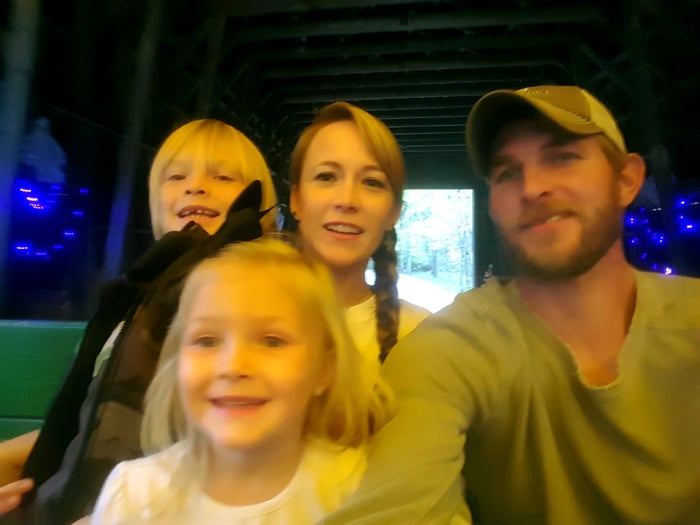 |
| Nick Ball with his family |
Ready to get Moo-ving? Explore available land from our parent company Raydient Places + Properties.


